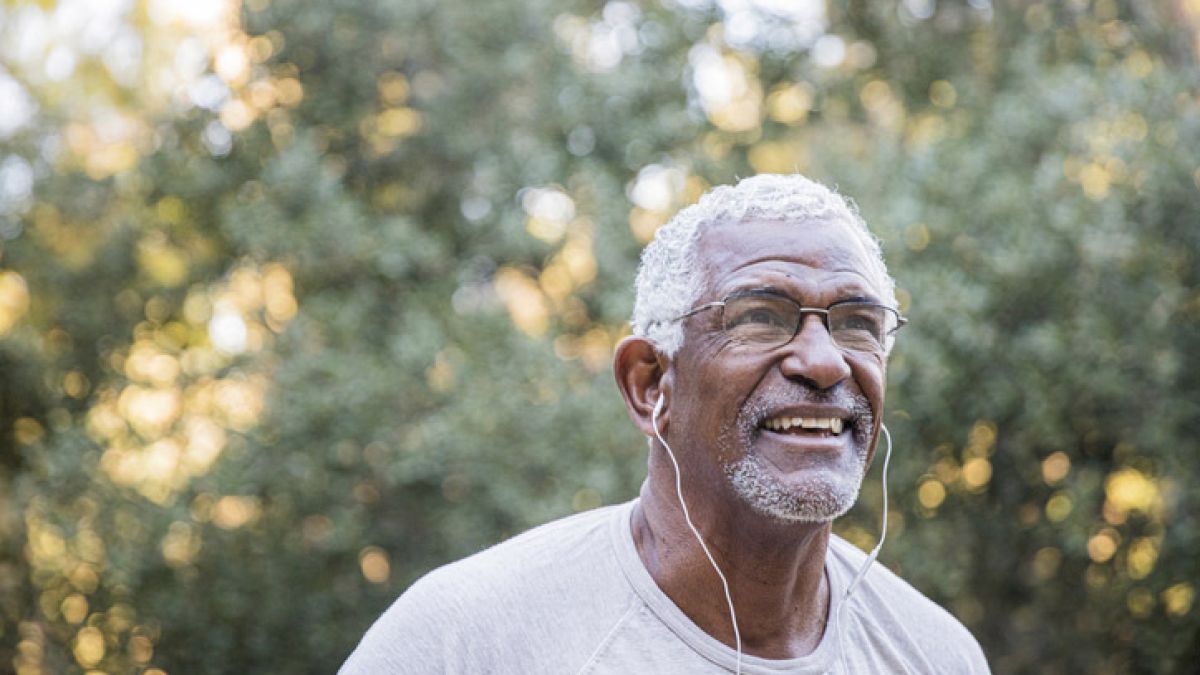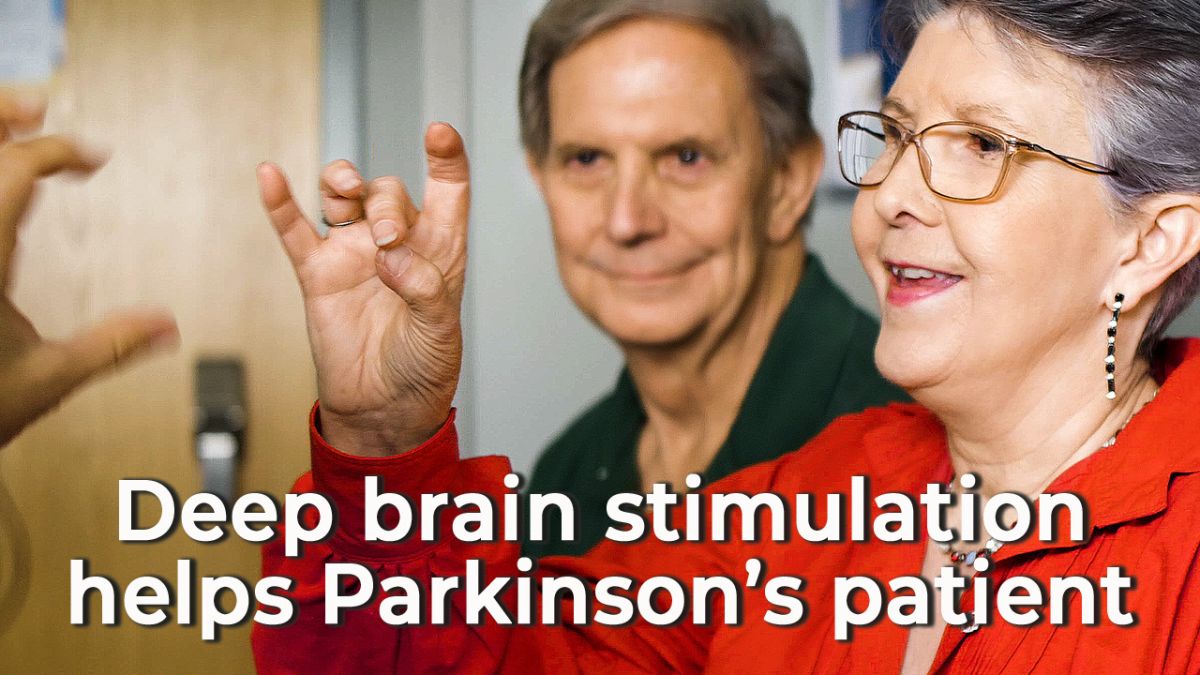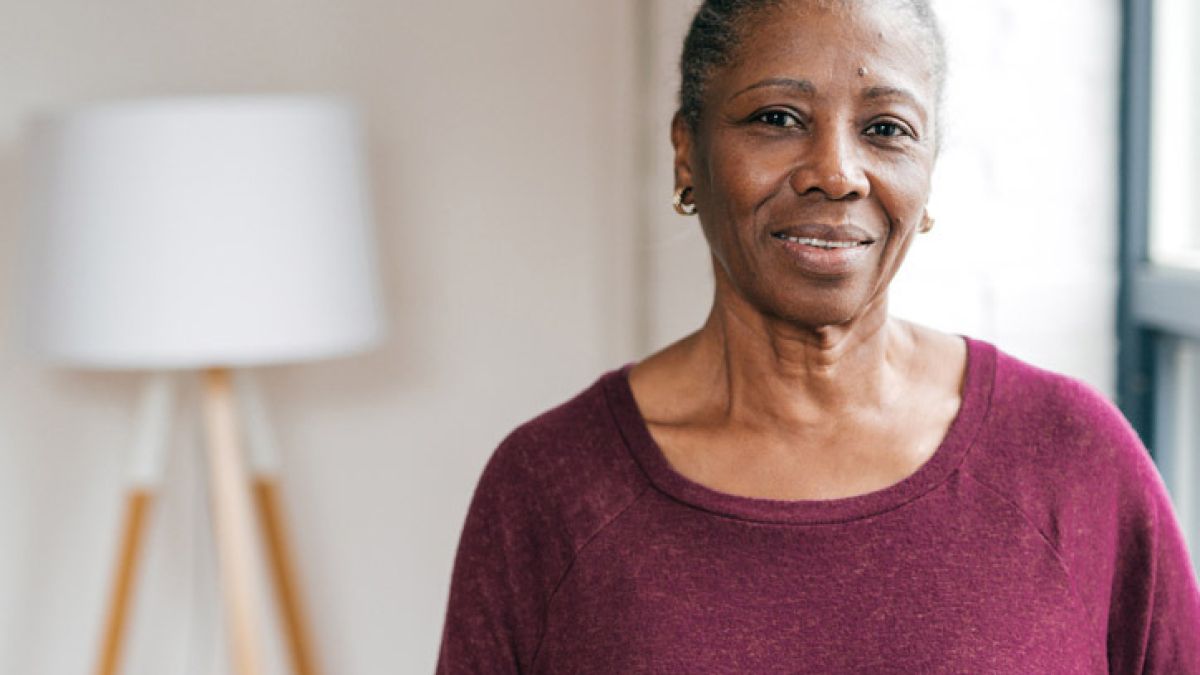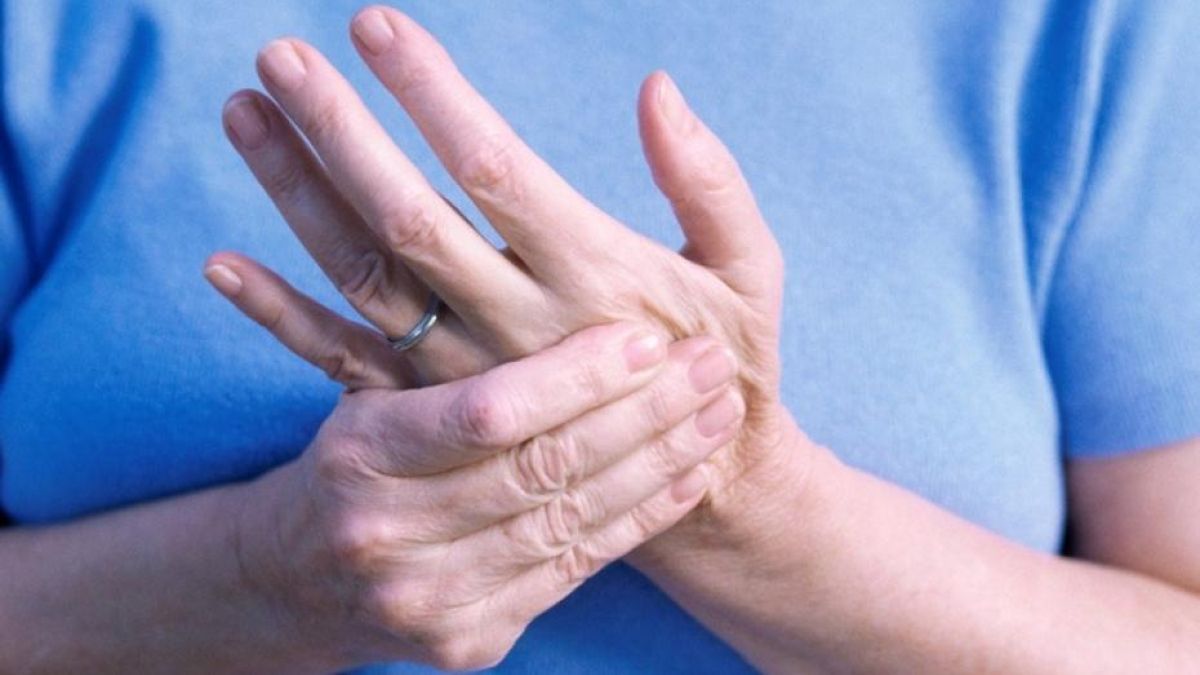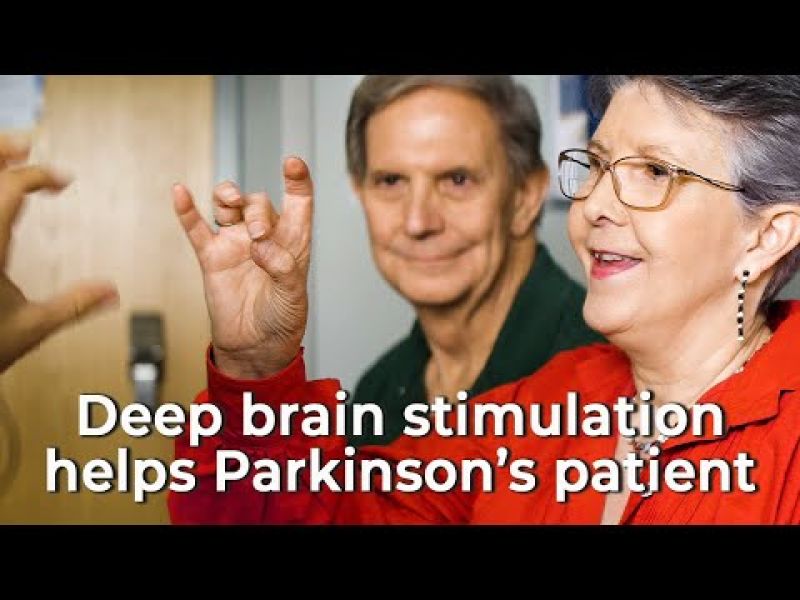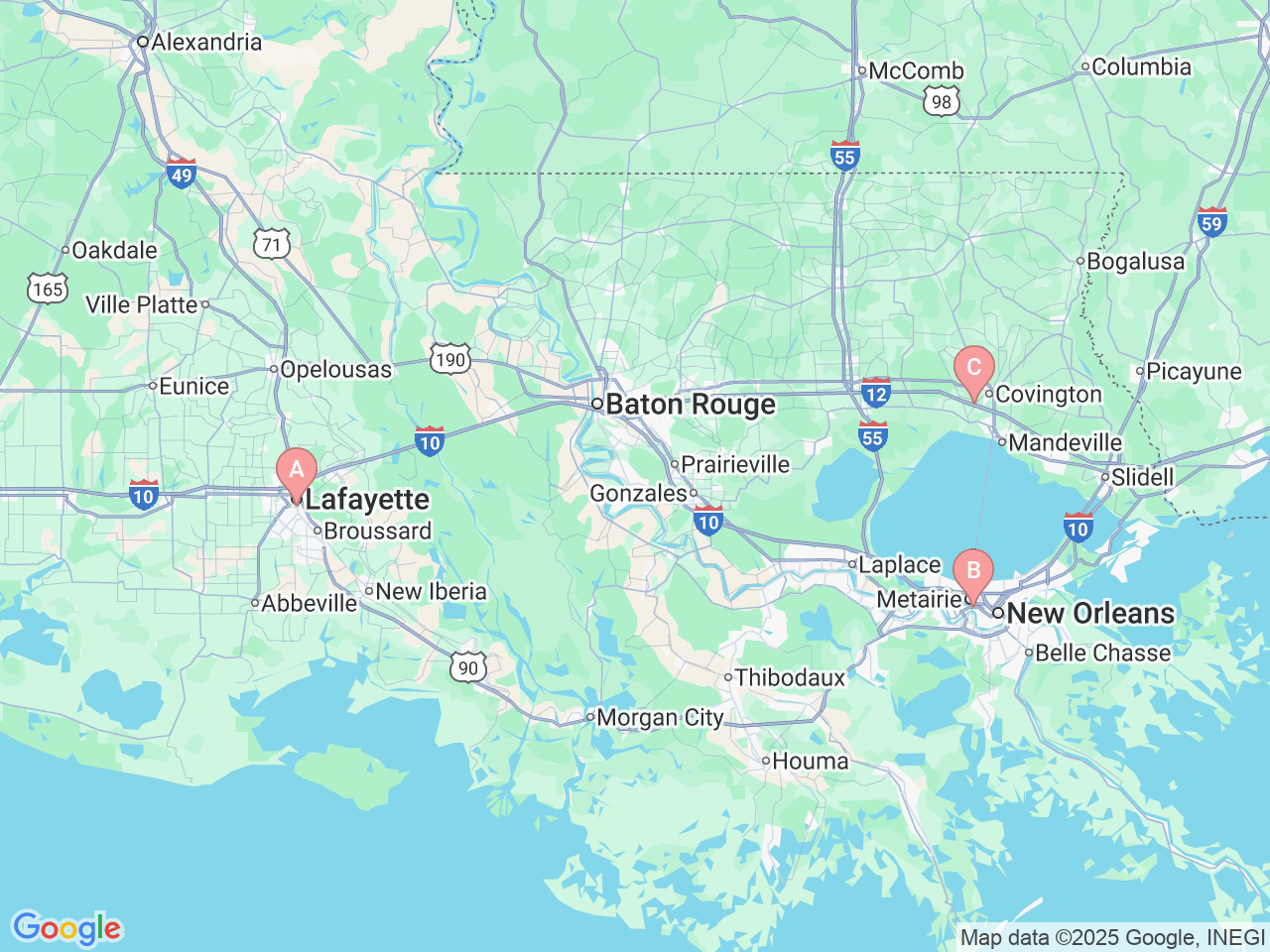Why choose Ochsner Health for deep brain stimulation?
For referring providers, please email referrals for DBS evaluation to Nancy Elliott, RN, at nancy.elliott@ochsner.org.
Alternatively, you may fax referrals to 504-703-9150, addressed to Nancy Elliott, RN.
Tremors, stiffness, slow movements and other symptoms of neurodegenerative movement disorders can upend everyday life. Symptoms can complicate basic tasks, such as eating, dressing and walking, and make pursuing your passions difficult. A variety of treatments can help you control symptoms.
One therapy that is effective for some patients is deep brain stimulation. Ochsner is home to one of the longest-running deep brain stimulation programs in Louisiana and Mississippi, making the Ochsner Neuroscience Institute at Ochsner Medical Center - New Orleans a leading destination for this treatment.
Deep brain stimulation is a treatment where a small device, like a heart pacemaker, sends electrical signals to specific brain areas through thin wires. These signals can help reduce symptoms of certain conditions. At Ochsner, we use our experience and team-based approach to provide care that is carefully tailored to each patient’s needs.



